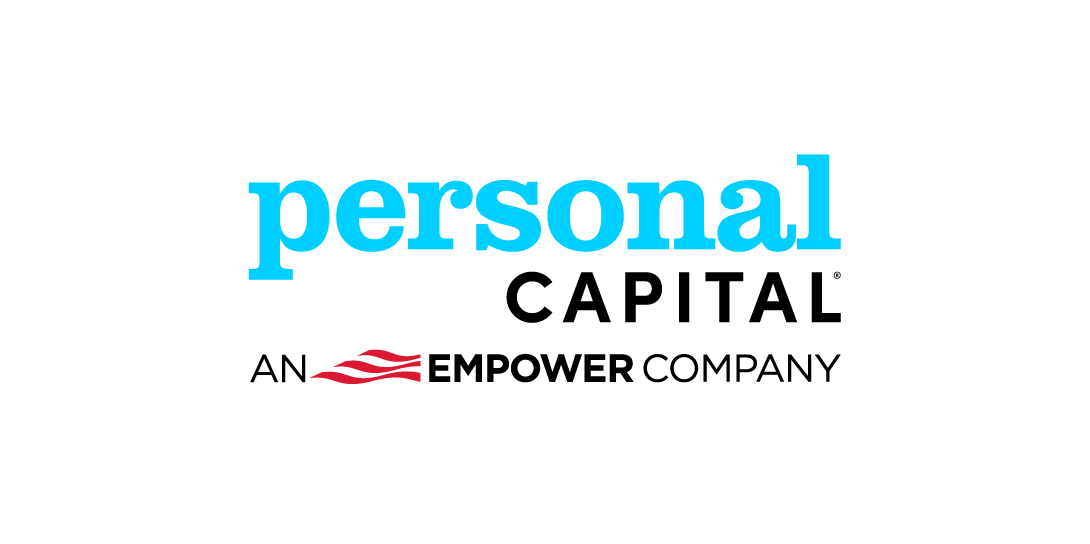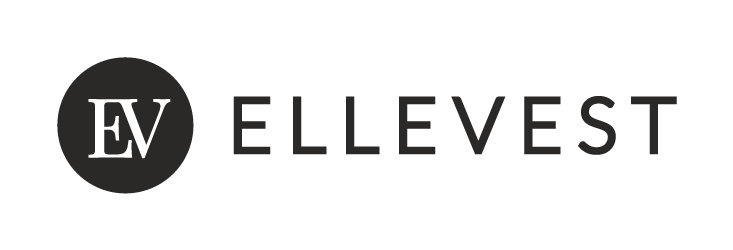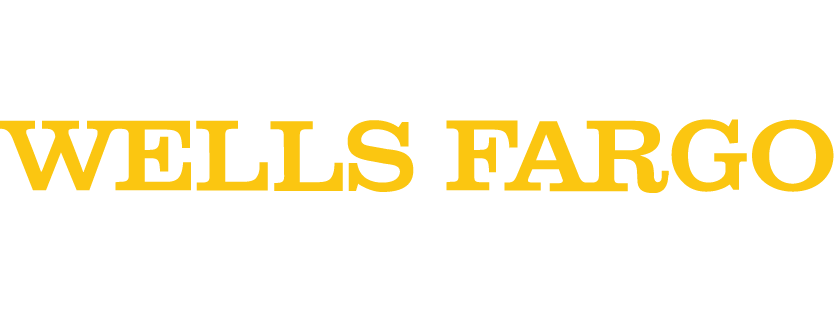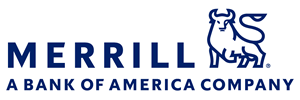Ally Invest Robo Portfolios review
The Bankrate promise
At Bankrate we strive to help you make smarter financial decisions. While we adhere to strict , this post may contain references to products from our partners. Here's an explanation for .
Ally Invest Robo Portfolios: Best for
Existing Ally Bank customers or those who are looking for a low cost way to build a portfolio may find what they’re looking for in Ally Invest Robo Portfolios. Low-cost funds are used to construct four different portfolio options and there’s no management fee if you agree to keep 30 percent of your portfolio in cash. The fee for a more fully invested portfolio is 0.30 percent per year, which is only slightly above the industry standard. You can start investing with just $100 and Ally reps are available via phone seven days a week.
Some premium features aren’t offered by Ally, such as tax-loss harvesting, but there is a tax-optimized portfolio option. If you’re looking for a more comprehensive robo-advisor offering, consider looking at Wealthfront or Betterment. SoFi Automated Investing is a good choice if you’re looking for the opportunity to speak with a human advisor.
We want to know what you think about Ally Invest Robo Portfolios
Do you have experience with Ally Invest Robo Portfolios? Let us know your thoughts.
Ally Invest Robo Portfolios: In the details
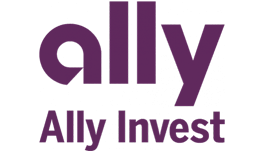
Overview
Ally Invest Robo Portfolios offers a low-cost way to build a portfolio where you can avoid the management fee entirely if you keep 30 percent of your portfolio in cash. Some key features such as tax-loss harvesting aren’t available, however.
- Existing Ally customers
- Cost-conscious investors
- Beginning investors
Pros: Where Ally Invest Robo Portfolios stands out
Well-diversified portfolios
Ally’s robo-advisor lets you take it for a spin even before you create an account, so you can see how it might design a portfolio based on your risk tolerance and time horizon. You can pick a goal you’re saving for and how long you want to be invested. You’ll have a chance to alter your choices if the portfolio doesn’t feel right.
Ally’s portfolios are constructed from more than a dozen low-cost ETFs (more below), and they’re a mixture of mostly the same funds with greater or lesser proportions of each depending on your risk tolerance and time horizon. From these funds, Ally creates four major kinds of portfolios and each can be adjusted to be more conservative or more aggressive:
- Core portfolio – This portfolio has a mixture of stocks and bonds and can form the basis for any long-term portfolio.
- Income portfolio – This portfolio is focused more on generating income and uses more bonds and more income-producing stock funds.
- Tax-optimized portfolio – This portfolio adds a municipal bond fund to help minimize the tax hit on taxable portfolios.
- Socially responsible portfolio – In place of the typical stock allocations, this portfolio uses socially responsible funds. Bond funds are similar to those of other portfolios.
Portfolios will typically have six to nine funds in them, a mixture of stock and bond funds, depending on risk and time horizon. Perplexingly, though, even a long-term core portfolio with a high risk tolerance will still have a small allocation to bonds. While this allocation may be just a few percent, it’s hard to believe that it does much to offset the performance of the stock funds.
Here it’s also worth pointing out Ally’s “cash-enhanced” portfolio option, which is its standard way of constructing a portfolio. This review explains the pros and cons of this plan below.
No-fee “cash-enhanced” portfolio
If you want to avoid any out-of-pocket advisory fees, then you could opt for Ally’s robo-advisor. But there’s a caveat – you’ll be placed in its “cash-enhanced portfolio,” which means that about 30 percent of your assets will be held in cash at any point in time, with the remainder invested. That cash does earn a competitive interest rate.
This option gets you a robo portfolio at no additional expense, though you’ll still have to pay for the expense ratios of any funds you have in the portfolio, as you would at any robo-advisor.
But this option presents substantial long-term costs, which are covered in the next section. If reducing the management fee is your primary motivation, then you might also look at SoFi Automated Investing or Schwab Intelligent Portfolios, which has a no-fee option.
Low-cost ETFs
Ally’s robo portfolios use some of the cheapest ETFs on the market, including from low-cost leaders such as Vanguard and iShares. In this core group of funds, annual expenses range from 0.03 to 0.15 percent of assets, with many well below 0.10 percent. In real terms, that means you’d expect to pay $3 to $15 per $10,000 invested in each fund. But a weighted average will fall somewhere between these two extremes. So an Ally customer could expect to pay less than 0.10 percent of assets annually, or less than $10 for every $10,000 invested.
That said, if you want to choose the socially responsible portfolio option, your costs will jump. The funds used there range from 0.15 to 0.25 percent, or about $15 to $25 annually for every $10,000 invested. That’s still reasonably cheap in the grand scheme, just not at rock bottom.
So Ally offers a solid selection of low-cost funds that is competitive with anyone.
Integration with Ally
One of the benefits of going with a more integrated financial company such as Ally is that you can do so much under one roof. You can open a bank account, a self-directed investment account, a robo portfolio and more. That integration also allows you to transfer money quickly and generally keep your eye on all your finances in one comprehensive dashboard.
So current customers of Ally may find its robo portfolios option a bit more appealing.
Low account minimums
Ally has a low account minimum to open your account – zero – and it takes just $100 to actually begin investing with the robo portfolio. So new investors can get started quickly and then add a modest amount of funds to actually begin investing.
Cons: Where Ally Invest Robo Portfolios could improve
Portfolio construction and fees
While Ally advertises a “no-fee” robo portfolio, the situation is more complicated than that. The no-fee rate applies to what Ally calls its “cash-enhanced portfolios.” Here’s what that means in practical terms: Any cash-enhanced portfolio will have about 30 percent of its assets in cash at any point in time. That has a huge negative effect on your long-term returns, even if you are receiving some interest on that cash.
If you want to have all your cash invested – that is the point of holding it in an investment account – then you’ll need to opt for what Ally calls its “market-focused portfolio.” It invests about 98 percent of your funds and leaves the remainder as a cushion. For this option, you’ll pay 0.3 percent of your assets annually, or about $30 for every $10,000 invested.
Cash is OK to have on hand in an investment portfolio if you have pressing needs, especially in the next year. It’s not appropriate for anyone investing for the long term. By having that enormous cash balance, you’ll likely lose tons of gains that you could otherwise have made. And that’s all to save an advisory fee of 0.30 percent, which is only slightly above average.
So it seems to make little financial sense to go with the cash-enhanced option, which is not an “enhancement” at all.
No tax-loss harvesting
Compared to some other top robo-advisors, Ally’s robo-offering is missing some key features that would put it near the top of the field, in particular automated tax-loss harvesting, a feature that can add some extra juice to your portfolio.
With automated tax-loss harvesting, a robo-advisor will sell money-losing investments and “harvest” those losses, which can be used to offset gains elsewhere. It’s a useful feature that minimizes your tax bill today and can even save you on future taxes, too.
To be sure, Ally does offer a tax-optimized portfolio option that minimizes taxes in taxable accounts by using municipal bond funds. Municipal bonds are typically exempt from federal income tax.
No access to human advisors
Ally does not offer access to human financial advisors for any of its portfolio options. This is disappointing for a provider like Ally that prides itself on customer experience. Though it was once rare for robo-advisors to provide human advisor access, it is becoming more common, particularly at premium tiers of service. SoFi Automated Investing, Schwab Intelligent Portfolios and Wells Fargo Intuitive Investor all provide clients with the opportunity to speak with financial advisors, though in some cases it may cost an additional fee.










